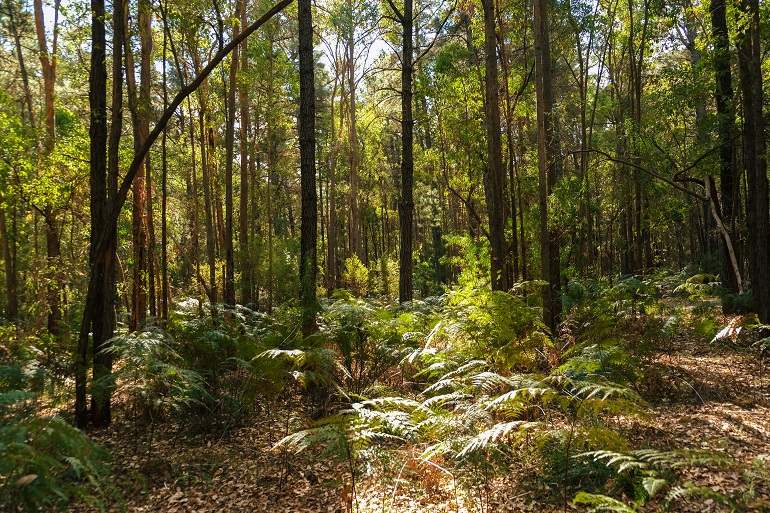What is syntropic farming?

This post is also available in:
This post is also available in:
![]() Español (Spanish)
Español (Spanish) ![]() Français (French)
Français (French) ![]() Deutsch (German)
Deutsch (German) ![]() Nederlands (Dutch)
Nederlands (Dutch) ![]() हिन्दी (Hindi)
हिन्दी (Hindi) ![]() العربية (Arabic)
العربية (Arabic) ![]() Türkçe (Turkish)
Türkçe (Turkish) ![]() 简体中文 (Chinese (Simplified))
简体中文 (Chinese (Simplified)) ![]() Русский (Russian)
Русский (Russian) ![]() Italiano (Italian)
Italiano (Italian) ![]() Ελληνικά (Greek)
Ελληνικά (Greek) ![]() Português (Portuguese (Brazil))
Português (Portuguese (Brazil)) ![]() Tiếng Việt (Vietnamese)
Tiếng Việt (Vietnamese) ![]() Indonesia (Indonesian)
Indonesia (Indonesian) ![]() 한국어 (Korean)
한국어 (Korean) ![]() polski (Polish)
polski (Polish)
What is syntropic agriculture?
Syntropic farming is a form of Regenerative Agriculture that simulates the ecosystems of rainforests. Imagine a rainforest in the Amazon: Hundreds of different plant species co-exist in harmony and in a very dense environment. These species have, of course, different light requirements, so the tall trees absorb the sunlight and provide shade to other species that prefer shade. As a result, we have thousands of different crops that mature all year round (not just in spring and autumn) and give food to an incredible number of species every day of the year.
Of course, no human activity can engineer something so complicated and genetically diverse as an Amazon rainforest. Still, people practicing Syntropic Farming follow the guidelines below: They plant very densely many species with totally different morphology (height and size) and lifecycle. As a result, if the plant species have been wisely chosen, people can harvest fruits, vegetables, herbs, grains, and timber every week for the next 20 years. They leave no bare soil. They harvest the crops or prune the trees on time so that new crops will take their turn and start producing. Finally, direct seeding is often preferred to transplanting in syntropic farming because it results in more dense and diverse ecosystems.








































































